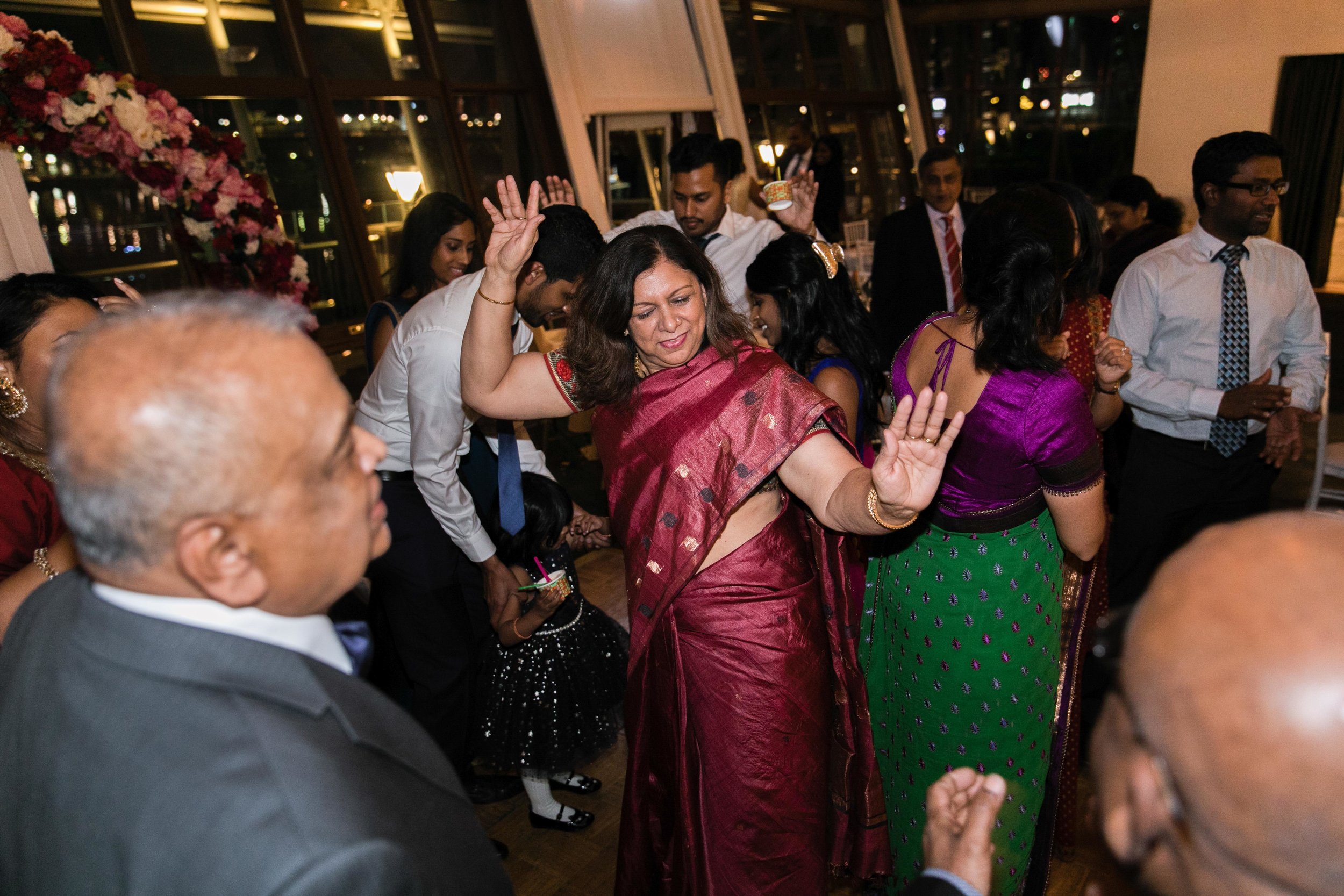The Colourful World of Indian Weddings
Indian weddings are known for their multi day celebrations and in Sydney it is usually 3 days. However, I’ve heard that if have your wedding in India, it would even last for a week! The way it has been organised made perfect sense. After all, it is your wedding, so why not keep the celebration going for several days?
DAY 1 - Mehndi and Sangeet
Mehndi is where the bride and her female friends and family members are invited to get henna drawings and designs on their hands and feet. It is said that the darker the colour of the henna, the happier the bride and groom’s marriage will be. In addition to that, guests are usually encouraged to dress in colourful outfit so as to celebrate the colorfulness of the Indian tradition.
Following the Mehndi is the Sangeet celebration. It usually occurs in the same day in the evening. Sangeet is a pre-wedding celebration for the couple with their family and friends. They have heaps of entertainments lined up for the event such as games, dance performances, singing and partying of course! The dance performers are usually choreographed by bridal party or friends of bride and groom. If no one is up for it, then the couple may hire some professional Indian dancers for the performance. The end of Sangeet marks the end of Day 1 celebration.
DAY 2 - Religious Ceremony
Depending on the religious background of the couple, the ceremony may be conducted differently. The one that I am most familiar with is the Hindu Ceremony. I love how intricate the ceremony is as there’s so many steps and rituals that contributes to the success of the ceremony. Please note that the steps may vary from one ceremony to another and this is solely based on my own experiences.
The Hindu ceremony is conducted in a Mandap, which is a canopy where the marriage stage is setup and is decorated with loads of flowers. In the middle, there’s the Holy Fire, which is regarded as the witness of the marriage.
The ceremony begins with the arrival of the groom (known as Baraat) where he is greeted by the bride’s family. A small welcome ritual is performed by the bride’s mother and the groom is then led to the Mandap. The priest starts off the ceremony by offering a prayer to remove any obstacles and bless the couple.
The bride is then escorted by bridesmaids and flower girls to the Mandap. The bride and groom then exchange the flower garlands as a symbol of acceptance of each other. This step is known as Jaimala.
Following that, the bride is entrusted to the groom. He pledges to love, care and support his bride throughout their marriage. To symbolise their union and bond, the bride and groom are joined together, hand in hand and walking around the Holy Fire several times. It is believed that only fire can break the bond between the bride and groom, hence why the fire is regarded as holy and crucial in the ceremony.
The next step is the Seven Steps known as Saptapadi and it represents their marriage vows. The Saptapadi is the most important step in the Hindu ceremony. Once all seven steps are done, the couple is then pronounced husband and wife.
To welcome the bride into the groom’s life, he places sindhoor (red powder) on the crown of his wife’s forehead. This marks the sign of a married woman. To tie up the whole ritual, he presents his wife with a gold necklace and places it around her neck; this represents his commitment to the marriage.
Lastly, the couple pays respect to their parents by touching their feet. This ends the hindu ceremony.
DAY 3 - Wedding Reception
The final day is just like any other wedding, which is the wedding reception. Family and friends are once again gathered for one final celebration for the newlyweds. The entertainment and colorful dance performances continue!























